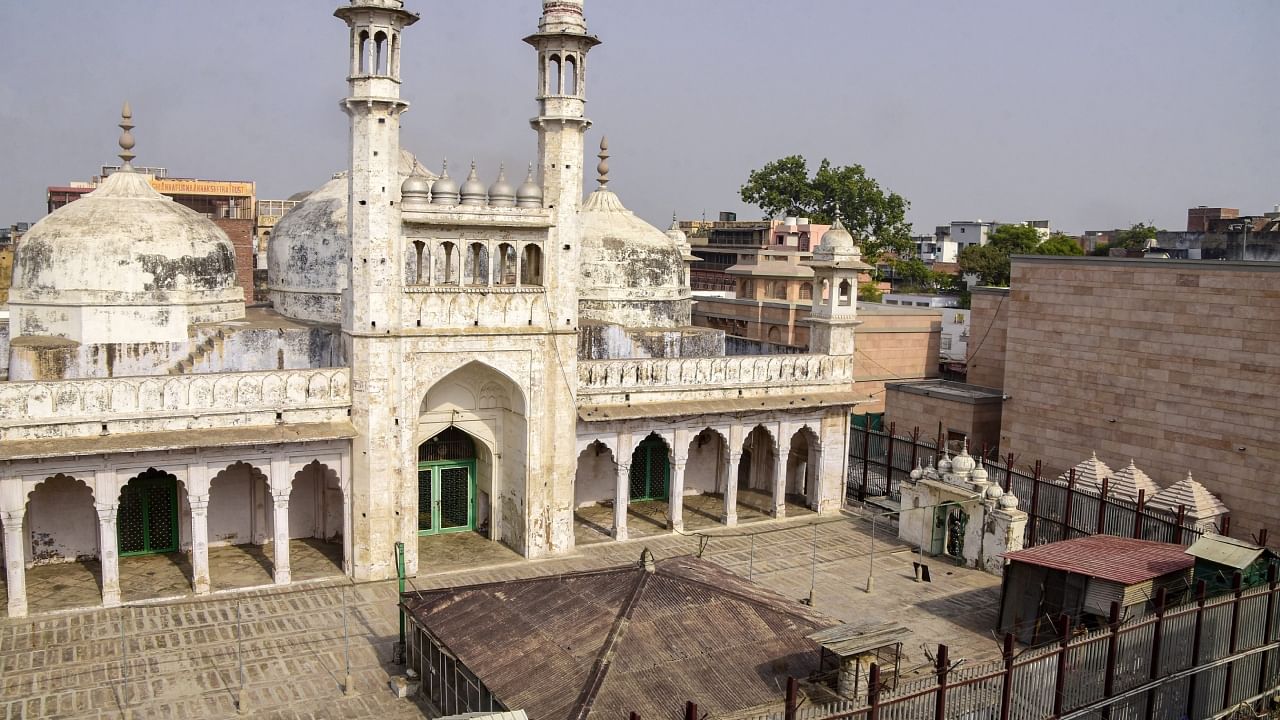
In a significant ruling, a Varanasi court on Friday accepted a plea seeking a scientific survey of the Gyanvapi Mosque premises, which was adjoining the Kashi Vishwanath Temple, by the Archaeological Survey of India (ASI).
District judge A.K.Vishwesh, while allowing the plea, directed that the scientific survey would not include the 'wuzu khana' (a place where the Muslims wash themselves before proceeding to offer prayers).
Incidentally it was in this area, the Hindu litigants had claimed that a 'shivling' had been found during a videographic survey earlier. The Muslim litigants had however contended that what was being said to be a 'shivling' was in fact a 'fountain' used for the purpose of washing of hands and feet before offering the prayers.
The court directed the ASI to submit its report by August 4. It also said that there would be no restriction of 'namaz' at the mosque.
The Anjuman Intezamia Masjid Committee, which looked after the Gyanvapi Mosque, had opposed the plea for scientific survey of the mosque.
The application seeking a scientific survey of the entire premises of the Gyanvapi Mosque was filed by six Hindu applicants, who claimed that the mosque had been constructed after demolishing a Hindu temple by the Muslim rulers in 17th century and that the people who believed in the 'Sanatan Dharma' were entitled to know the 'truth'.
The lawyer for the Hindu applicants Vishnu Shankar Jain hailed the ruling and said that the survey would reveal the 'truth' (that the Mosque had been built after demolishing the temple).
The premises had been a bone of contention between the two communities for the past several decades but there was renewed clamor to ''take back'' the Kashi Vishwanath Temple premises by the saffron outfits after the favourable decision of the apex court in the Ram Temple case.
The Hindu petitioners contended that a part of the temple had been demolished by the Mughal emperor Aurangzeb in the 17th century. The Muslim side contended that the mosque existed before the reign of Aurangzeb and also claimed that the same was also mentioned in the land records.